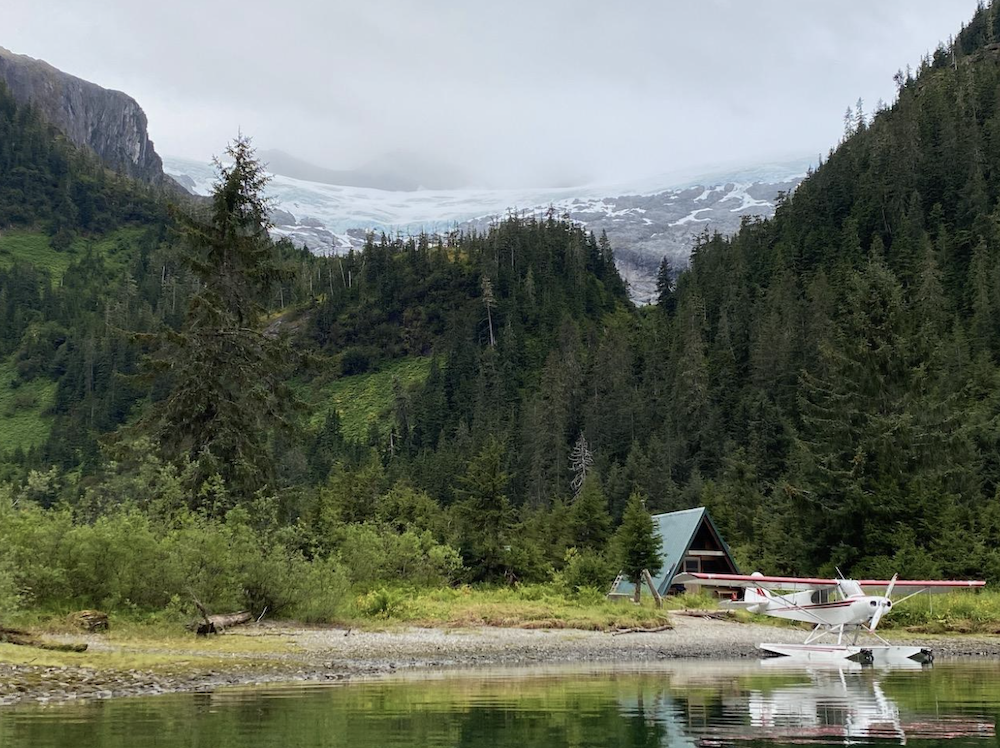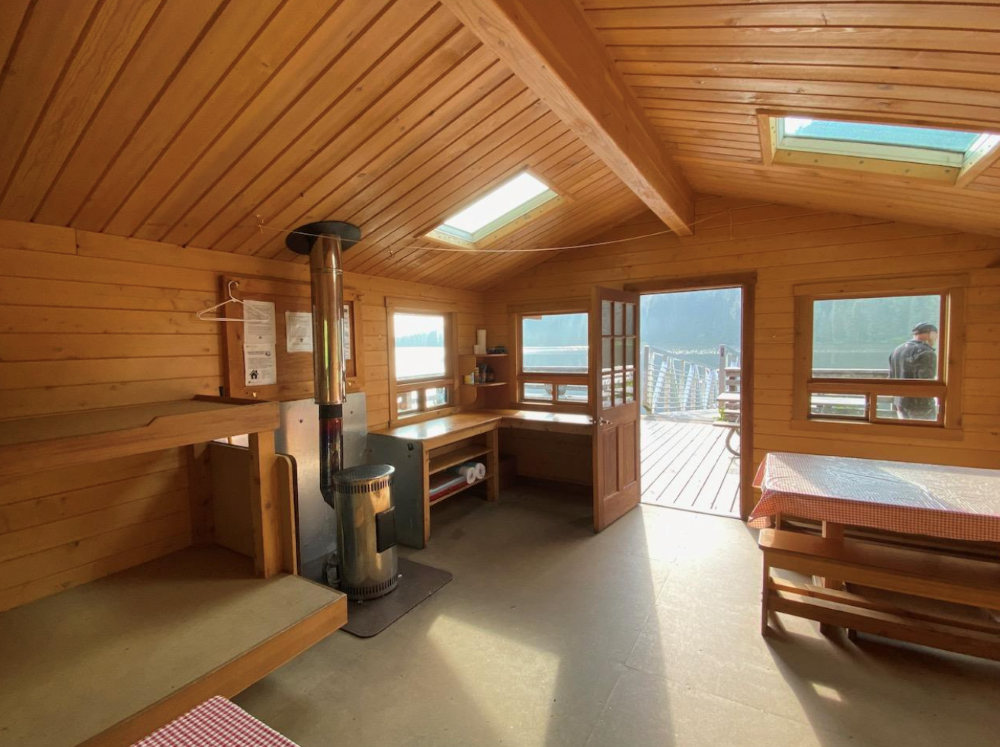ALASKA’S PUBLIC USE CABINS MAY BE IN JEOPARDY

The Tongass National Forest maintains 144 public use cabins across
southeast Alaska for visitors to enjoy, offering access to a variety of recreational
opportunities. Yet many visitors are unaware there are cabins that can be rented and
flown or boated to in the wilderness. Cabin use with road access has increased, but at
present the majority of cabins require airplane access, and their preservation is coming
under the scrutiny of the USFS.
RAF Alaska Liaison Jeff DeFreest states the decline in general aviation over the past
decades has created a dilemma for USFS recreation managers responsible for their
maintenance. “Remote cabins are expensive to maintain, and with diminished
government budgets and popular slogans like ‘we need to do more with less,’ it’s easy
to see where a Ranger would focus funding toward the close-in cabins, or those
accessible by their trucks or boats,” DeFreest says.
Many of these remote cabins – whether in designated Wilderness or not – provide very
unique opportunities for hunting, fishing, hiking, as well as backcountry safety. Those
accessed by plane, floatplane or boat provide unique solitude and independence.
USFS cabin crews customarily provided annual maintenance and repairs at each cabin,
even filling the woodsheds. With ever-tightening budgets, some cabins may not see a
USFS cabin crew for three or more years, and deferred maintenance renders the visitor
experience less satisfying, leading to diminished appeal and use.
With the RAF’s formalized collaboration with the USFS, DeFreest expects that
disappointing trend to improve. Volunteer labor and cost-sharing agreements can help
preserve fly-in cabins. As of this writing, DeFreest and his wife Kari have organized a
volunteer work party to maintain two Heckman lakefront cabins.
The Tongass Forest has published their plan for cabin sustainability. “We’re going to
build, relocate, and remove cabins in order to increase public access and use, while
reducing costs and avoiding the addition of deferred maintenance on the cabin system,”
it states. Usage is key to preservation. The document concludes, “With the goal of
increasing visitation and decreasing maintenance costs across the Tongass, annual
evaluation of this strategy will be key to demonstrating success.”

In addition to the willing volunteers that turned out to work at Heckman Lake, a different kind of help is needed. DeFreest advises, “Visit the fly-in lake cabins that offer something of interest to you and then let it be known. Spread the word. Write in the cabin logbook, post on the Tongass Cabin Users Facebook page, and let the Ranger District know about your experience, and communicate any problems or repairs needed that you find.”
Submitted on April 24, 2024.
By Carmine Mowbray
